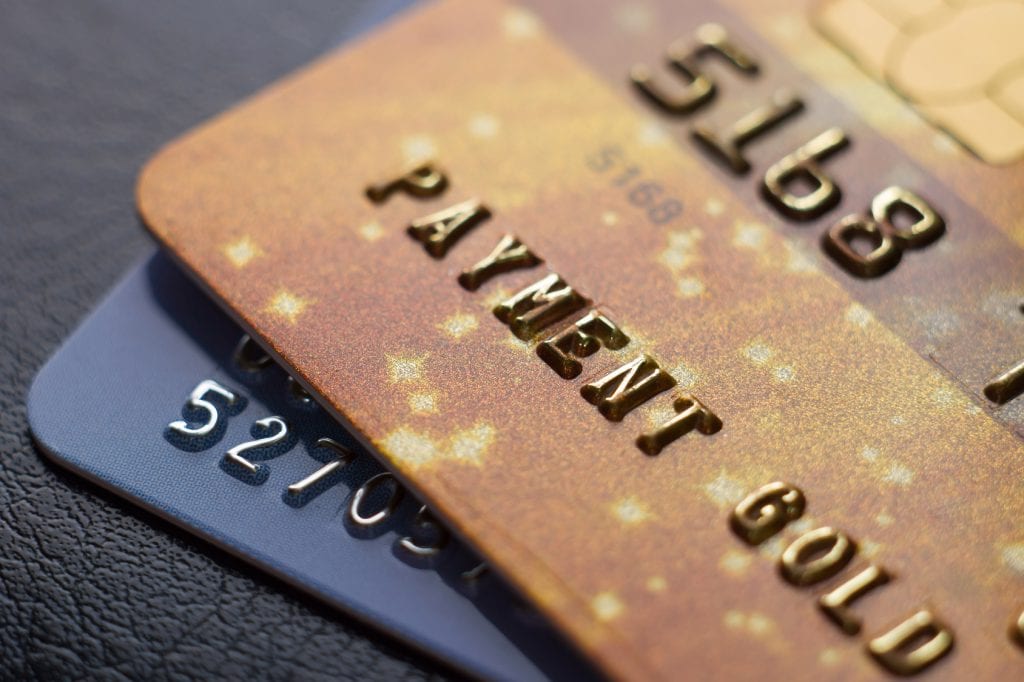Paper-based funds disbursement is one of the biggest pains in American corporate life. With checks costing a business anywhere between $3 and $5 (or even more) a pop, this archaic form of payment is causing CFOs everywhere a lot of unnecessary stress.
The problem is also widespread. In fact, a recent Aite Group report found there are around 1.9 billion corporate disbursements in the U.S. each year, and as much as 53 percent of that is currently paper-based.
To appease the frustration, a flurry of disruptive products and services have emerged seeking to move customer bases to electronic payments overnight. Some companies have even gone to the lengths of hiring external telemarketers to manually move customers over to ACH and other non-paper-based disbursement methods.
While this sort of activity is understandable – given the ongoing scourge of paper-based disbursement and the havoc it wreaks on bottom lines – it is also not necessarily in the payer’s best interests.
Taking customer preferences into account and ensuring that their chosen methods are compatible with your operations is just good service. Checks might be expensive and outdated, but using a call center to try to coax them into another method is a risky move. Not only could it backfire by turning off customers and creating retention problems, but it could also potentially attract the attention of the corporate regulatory authorities, many of whom have indicated that taking customer preferences into account is a compliance priority.
In addition, a lot of the more tech-based solutions to the paper checks problem put all their eggs into one basket, usually ACH. This ‘point solutions’ approach not only fails to take customer preference into account but also makes a corporation once again tethered to a particular disbursement method. Sure, ACH is more new age than checks, but corporations will simply be faced with the same problem down the road as new and better payment methods emerge.
And therein lies the problem with so-called “innovation” in B2B payments. Too often know-it-all tech entrepreneurs sell one particular disbursement method as a silver bullet. This does not help corporations build future-proof models, it just creates a cycle of disruption after disruption.
Instead, the aim should be innovation without disruption. A slow and steady approach, like the one we have taken with our Paynuver funds disbursement and management platform launched earlier this year, should seek to create value along the existing chain. Innovations should be adaptable to all of the existing technologies – no matter how expensive or annoying – as well as to the technologies that have not even been invented yet.
There are often rational and legitimate reasons, beyond laziness, why a corporation may indicate a preference for an old form of technology.
When it comes to B2B payments, there is a lot of hype around disruption, but true innovation adapts to old and new alike.
Bio
Greg Bloh serves as president of TransCard and is a recognized business leader and fintech entrepreneur. Backed by 27 years of management, consulting and investment experience across a number of key sectors, Greg is passionate about developing technology to reduce headaches for businesses and individuals.
An expert in technology implementation and strategic decision-making, Greg has advised Fortune 100 companies including Exxon Mobil, Shell, Halliburton, Lloyds of London and Bank of America. A born entrepreneur, he also has extensive experience in the start-up sector, having served as founding partner of a venture capital firm investing in early-stage technology companies.
